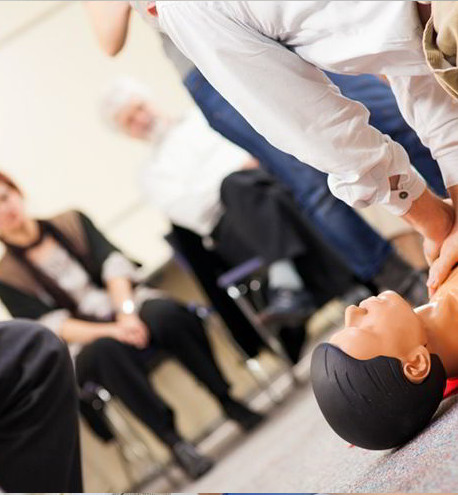In recent years, there has been growing momentum behind the movement to implement CPR training in schools across Australia and globally. Organizations like Growth Training Group are leading the charge, advocating for the inclusion of basic first aid and CPR skills as part of the standard school curriculum. Their commitment to educating young Australians reflects a broader mission: to prepare the next generation not just academically, but practically—so they’re equipped to save lives when it counts.
Why Is CPR Training in Schools So Important?
Cardiac arrest is one of the leading causes of death worldwide. According to medical experts, the chances of survival decrease by 7–10% for every minute without CPR after a cardiac event. The harsh reality is that emergency services may not always arrive in time. That’s where bystanders—especially trained ones—make the difference.
Integrating CPR training in schools gives students the tools and confidence they need to take immediate action. By starting CPR within the first few minutes of a cardiac arrest, survival rates can double or even triple. When students receive hands-on CPR education, they’re more likely to remember it and use it effectively, whether it’s helping a family member, a peer, or even a stranger.
What Does CPR Training in Schools Typically Involve?
A well-structured CPR training program in schools includes both theoretical knowledge and practical demonstrations. Students learn:
-
How to recognize the signs of cardiac arrest
-
The correct technique for chest compressions
-
The steps to use an Automated External Defibrillator (AED)
-
How to maintain calm and take charge during an emergency
Some programs even incorporate role-playing scenarios, helping students practice under realistic conditions. Schools that partner with certified training providers like Growth Training Group ensure students are taught by accredited professionals using nationally recognized frameworks.
Empowerment Beyond the Classroom
Teaching CPR in schools has a ripple effect. Students don’t just retain life-saving skills—they bring that knowledge home to their families and communities. They become advocates for health and safety, often encouraging their parents and siblings to learn CPR too. In fact, communities where youth are trained in CPR tend to see higher overall rates of bystander CPR, which leads to better survival outcomes.
There’s also a powerful psychological benefit. Students who go through CPR training report feeling more capable, responsible, and confident in emergency situations. These are soft skills that serve them well throughout their lives—in the workplace, in public spaces, and within their families.
